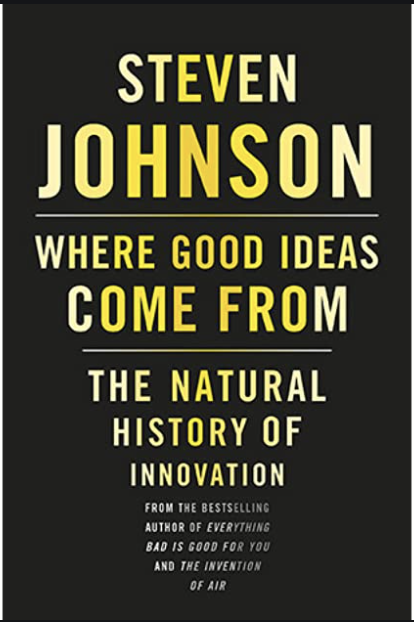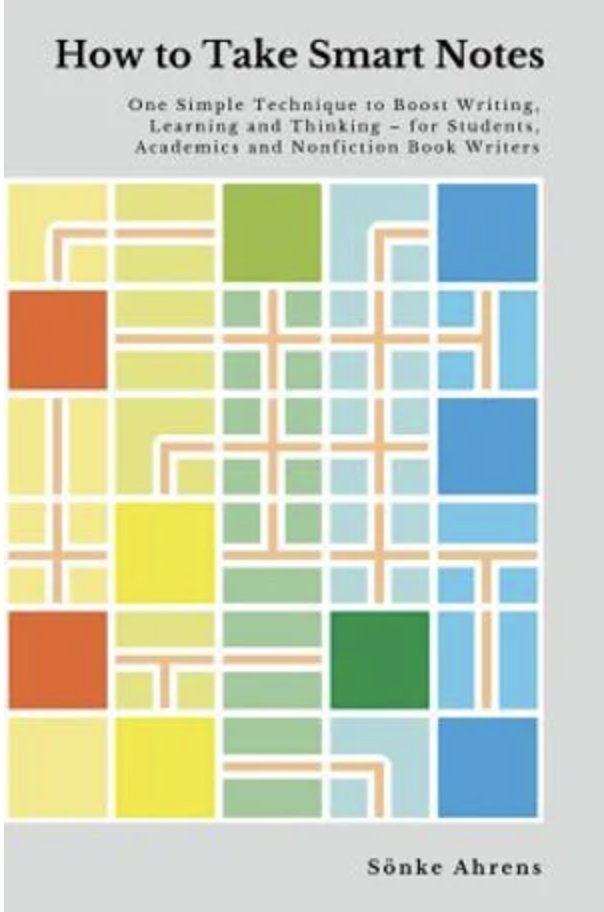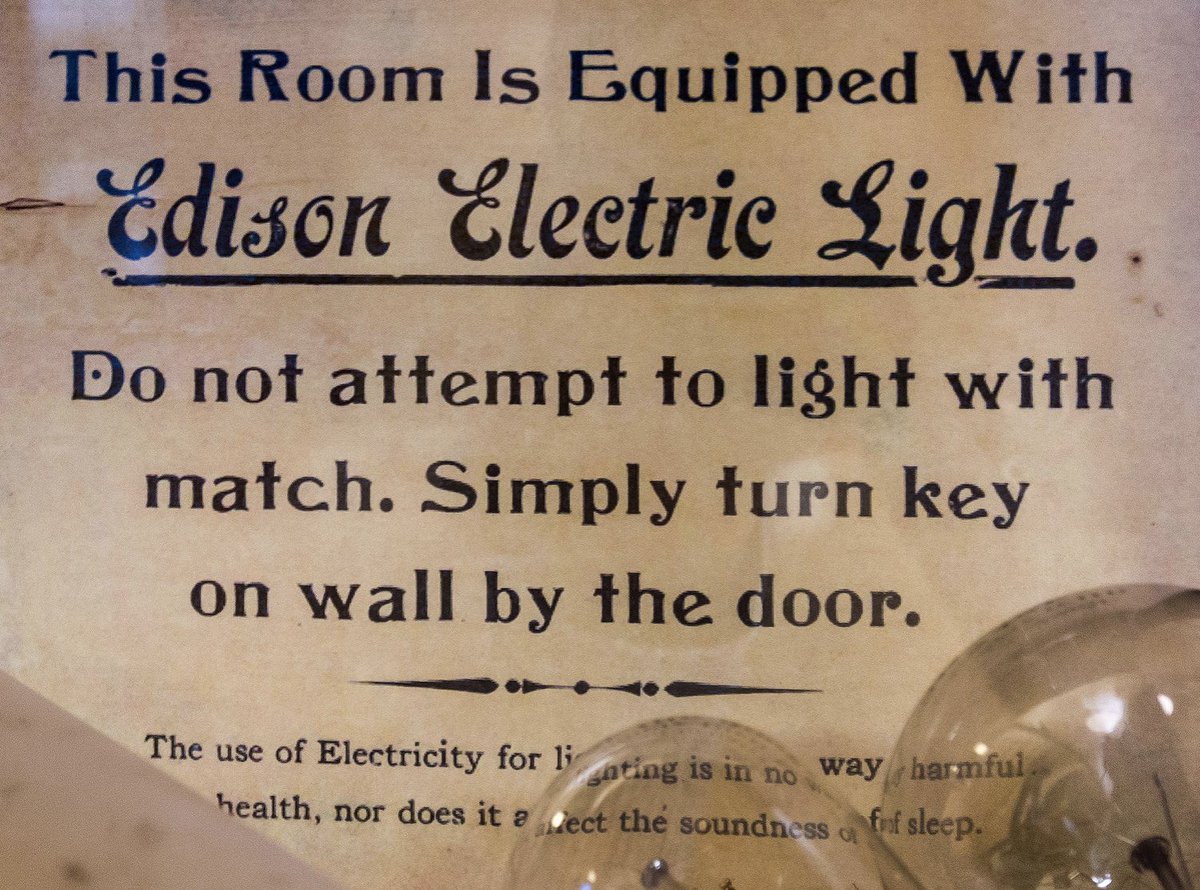
Going to do @threadapalooza on the books of Roam Book Club.
1. RBC been running since July. Completed 2 books so far. Each book has taken about ~6 weeks, RBC members read book, take notes / interact in a shared Roam graph, and meet weekly over zoom to discuss ideas.
2. Vague aims of Book Club- Inductively explore the adjacent possible of Books, Multiplayer Roam, and collective written intelligence. Been a lot of fun hanging out with so many Roamans. Something strange happening:
https://twitter.com/Nico_Macdonald/status/1338263697861599236
3. @Conaw picked the first few books- 1. 'Where Good Ideas Come From' by Steven Johnson and 2. 'How to Take Smart Notes' by Sönke Ahrens. #RoamBookClub 3 will start next Jan, new books/experimentation to come. 



4. Feel like we are on the edge of a few big ideas in RBC. About Roam as the future of books, information landscapes, networks, knowledge. Think these ideas will become increasingly obvious. But it's early & messy- making discoveries as we go. RBC members at the frontier together
5. Want to describe the big ideas of RBC in a seperate thread later. For now, want to celebrate and explore some of the ideas from the books we have read. Will do 50 or so tweets on each book.
6. Book Club 1- late July- October this year: Where Good Ideas Come from, by Steven Johnson. Shared graph ended up with 24,656 blocks in it. LETS ENTER THE VISION
7. Johnsons argument- The common and dominant view is that innovation is an act of genius. An individual conceives of a unique idea and casts it fully formed from their mind out into the world.
8. Taking this view, the great ideas of history are a function of the rare and unique individuals that conceive them. At its conclusion- If Edison didn't exist, the world would not know of electric light. We would all be still lighting our houses with matches 

9. Johnson calls this view out as bullshit. Whilst the lure of the eureka myth (and linear model) remains deep and strong, Johnson's book says we need to look “outside” the individual for deeper explanations.
10. He presents 8 or so patterns of conditions that help create good ideas. Presents them as where good ideas come from. Here's a non complete list of the patterns.
11. ~~~~Adjacent Possible~~~~~
12. Charles Babbage dies 18 October 1871. It ends a frustrating quest that had consumed the last 30 years of his life. He was obsessed with the idea of a creating a mechanical calculator. Staked his fortune on it. AND LOST.
13. Babbage died without a prototype. His ideas too advanced for the technology of his time. He is lauded today as a visionary. Others think he should be remembered as a failure- Arthur C Clarke particularly said Babbage was completely stupid for having no regard for constraints
14. Johnson uses this example to say something important about the nature of ideas. That you can't reach a future beyond what is available from the past. Johnson explains this idea with the theory of Adjacent Possible.
15. Stuart Kauffman created theory of Adjacent Possible in biology. It suggests that radical innovation is not the result of rare new ideas. Instead, radical innovation comes from unexpected uses of *existing* things.
16. Stuart Kauffman zoomed in for a interview with us to discuss his theory in RBC1. @laj2100 took notes in the graph. Main ideas-
17. Stuart describes the adjacent possible simply as: "given what is actual now, what can possibly come to exist next?"
18. Places emphasis on what is available as the source of novelty. Radical ideas as a process of applied familiarity. Rather than some far off vision of a future world, radical breakthroughs are to be found in using existing stuff. But using them in weird ways, to do weird things
19. Gives the example of a tractor- radical innovation for agriculture, massive impact on world food production etc. But, the first tractor seemed like a weirdo attempt at using existing motor car technologies. Even used some tech from formula 1.
20. And importantly- No one in formula 1 would have known they were building technology for agriculture. But that's how radical innovation happens. It's more bricolage than blank canvas. Johnson uses this scene from Apollo 13 as a better way to think:
21. Stuart says that adjacent possible can explain the explosion of innovation in the industrial revolution. As we create new things the toolkit expands to create even more new things abigaildevereaux.com/wp-content/upl…
22. @MeadCH mapped this explosion using Adjacent Possible Equation in javascript in the Book Club Graph. Shows that innovation was slow for a long time, and then exponential.
23. An adjacent possible mindset can be confronting. Because it requires seeing an existing thing in an entirely new way to its history. Requires a re-write of our (and everyone else's) perception of that thing. Reality shifts.
24. Stuart says embrace it. It's nothing new. "For the past 300K years we have always had a view of what reality is, & it keeps changing!" And the change is important: "A lot of times science advances when you give up what you were certain of."
25. So in conclusion on Adjacent Possible- Sometimes a cat in a box is just a cat in a box. Other times it's the gateway to magical innovation
https://twitter.com/Conaw/status/1311077228252246017
26. ~~~~MULTIPLE INDEPENDENT DISCOVERY~~~~
27. 1st July 1878. Lineean Society- a group that discuss science meet in London. 2 papers are sent in and read aloud that night. One from Charles Darwin. One from Alfred Foster Wallace. Both authors are not present. Both papers are almost identical describing Natural Selection
28. 14th Feb 1876. Alexander Graham Bell and Eleisha Grey both lodge patent applications within hours of each other. Both designs describe the telephone.
29. These are both Multiple simultaneous discoveries- How multiple people working independently around the world can create the same idea at almost the identical time. Thomas Kuhn written on this. Also Robert Merton jstor.org/stable/pdf/985…
30. There's some dispute about the timing and honesty of Grey and Bell, and complicating factors with Wallace and Darwin. But multiples are a common eery mystery of a staggering amount of big ideas in history (cue Twin Peaks theme song) en.wikipedia.org/wiki/List_of_m…
31. @MBikard just published the largest study of multiple discoveries in history. He came in to talk to us too. Said they're very common even today (e.g. CRISPR). "psychologists have dominated explanation of innovation for too long"... "Time and place matter as much as mind".
32. Conor describes an example for Roam too in this great thread
https://twitter.com/Conaw/status/1310076664819351552
33. ~~~~~LIQUID NETWORK~~~~~
The wild world of Double Entry Book Keeping. That's the invention Steven Johnson describes as in part explaining why cities are the catalyst for some much innovation 

Ideas flourish in dense networks of people. Cities became important to keeping previous ideas alive, as well as creating ideas that otherwise wouldn't exist.
36. Double entry book keeping is the example that stands out for Johnson. It was important to increasing trade and commerce in cities like Florence. But importantly, it was also an idea with an unclear origin story. There was no accountant hit in the head with an apple.
37. Johnson takes this as a sign that the idea emerged from the primordial soup of the city itself. Became possible as something from the network. 

38. I feel like this is a nice view for RBC too. In the future taking notes by yourself might be the equivalent of walking through the savanna alone. Multiplayer Roam Graphs will be the equivalent of a liquid network of ideas like Florence.
39. ~~~~SLOW HUNCH~~~~~
40. Radical ideas that transform the world look can manifest suddenly. But exploring them closely often reveal these ideas to have long incremental development histories.
41. Parts emerge slowly through time, new things get added, performance improves, and then suddenly, with a potentially small trigger, the higher order combination becomes possible.
42. Johnson describes the importance of taking notes. Documenting ideas is a way to cultivate slow hunches through time. Describes the idea of the Common Place Book. en.wikipedia.org/wiki/Commonpla…
43. Gives many examples of great thinkers in history that have been great note takers. Perhaps most notably Darwin. His ideas even seem strange to him at times, outside his own reach, emerging almost independently in his notes over months and years. 

44. Johnson describes his own note taking process as central to his writing too. Also think that John Locke prob would have released his own Roamcult theme.
45. Want to save second half for Sönke's book too. So will finish off Where Good Ideas Come From quickly. A few other key patterns-
46. ~~~SERENDIPITY~~~ Rota Fortuna~ The Princes of Serendip ~Dumb Luck. Very important. Actually, hey, @Jeanvaljean689 - your ideas motivated me to do this thread. Feel free to add a few ideas on Johnson too, see where it ends up.
47. Shout out to @iamvincenttam too for mentioning how Bowie active sought serendipity in his method. Similar to cut up technique of Burroughs.
48. ~~~ERROR~~~
Reframed as 'Anomaly seeking behaviour'. Active pursuit of discomfort as way to advance. Made a lot of errors in Book Club so far, hopeful to make many more.
Reframed as 'Anomaly seeking behaviour'. Active pursuit of discomfort as way to advance. Made a lot of errors in Book Club so far, hopeful to make many more.
49. Ok reaching end now for Johnson. A lot of great ideas in the book. Even more in the Book Club Graph. A lot of great ideas from @thepericulum and a lot of fun.
50. Big shout out to all those who made BC1 great. e.g. @Jeanvaljean689 @iamvincenttam @Dramagirl @ahh_morning @Nico_Macdonald @shchedrin @laj2100 @CharlesSimsFarr @MeadCH @maggied @badeleinem @beauhaan Mike Kramer, many others (apologies for all missed)
51. Book Club 1 ended with something very cool as well. Conor organised Steven Johnson to come in to our final session. Conor and Steven discussed the book, the ideas and history of Roam, and what we had been up to in RBC. Recording will be released in the next few weeks.
Alright FIN for now. Will do Sönke's book next week.
• • •
Missing some Tweet in this thread? You can try to
force a refresh


